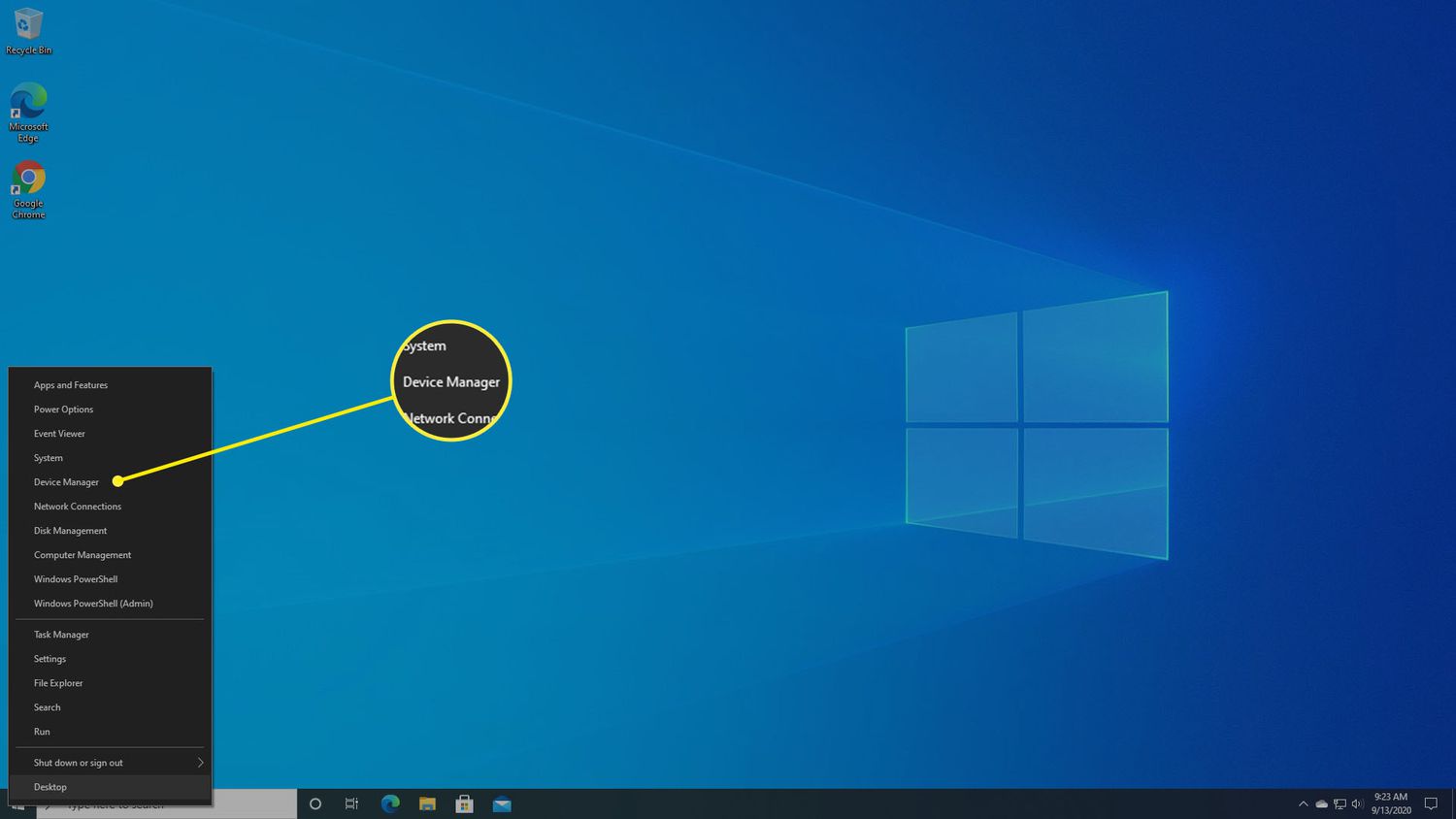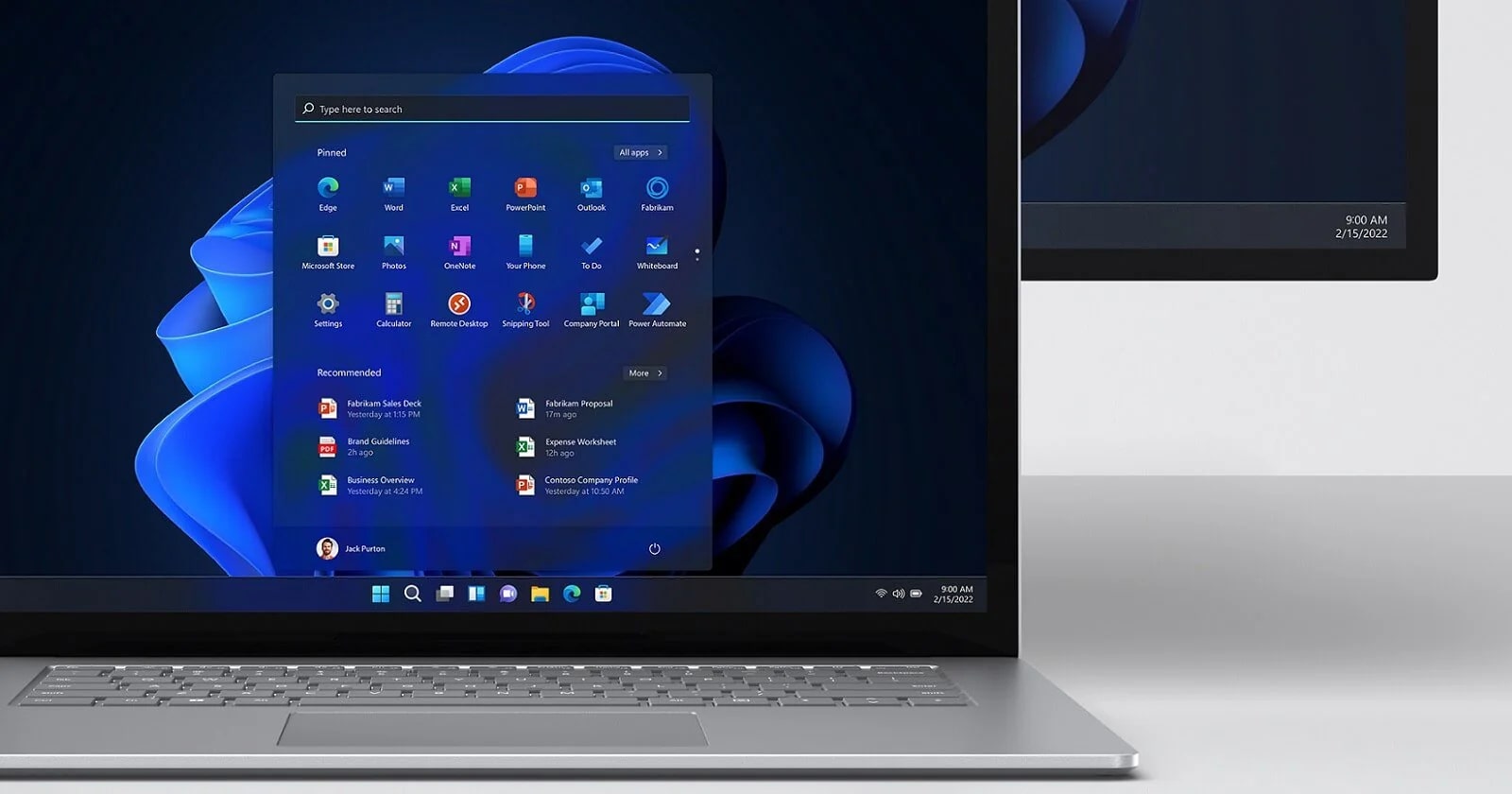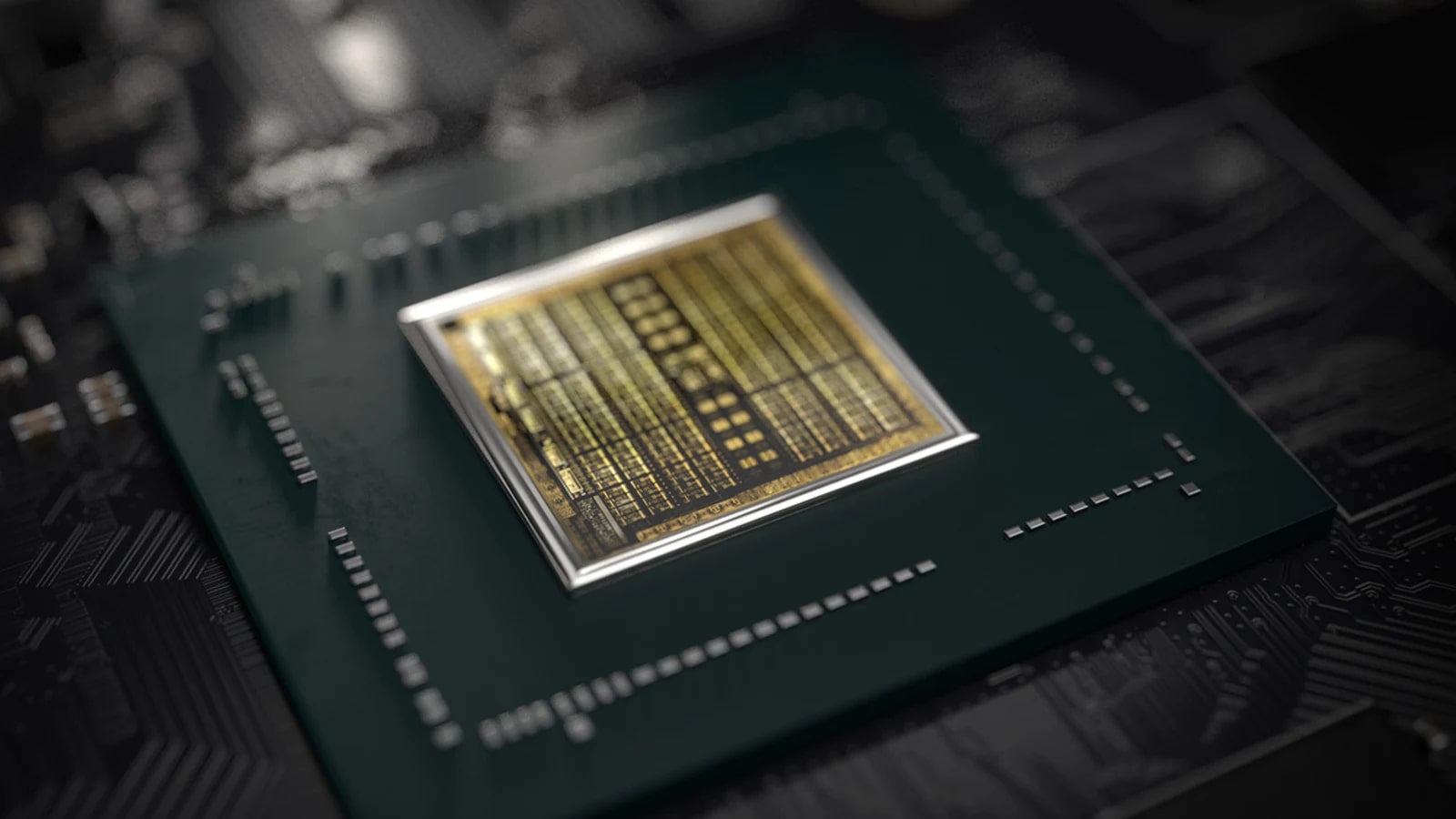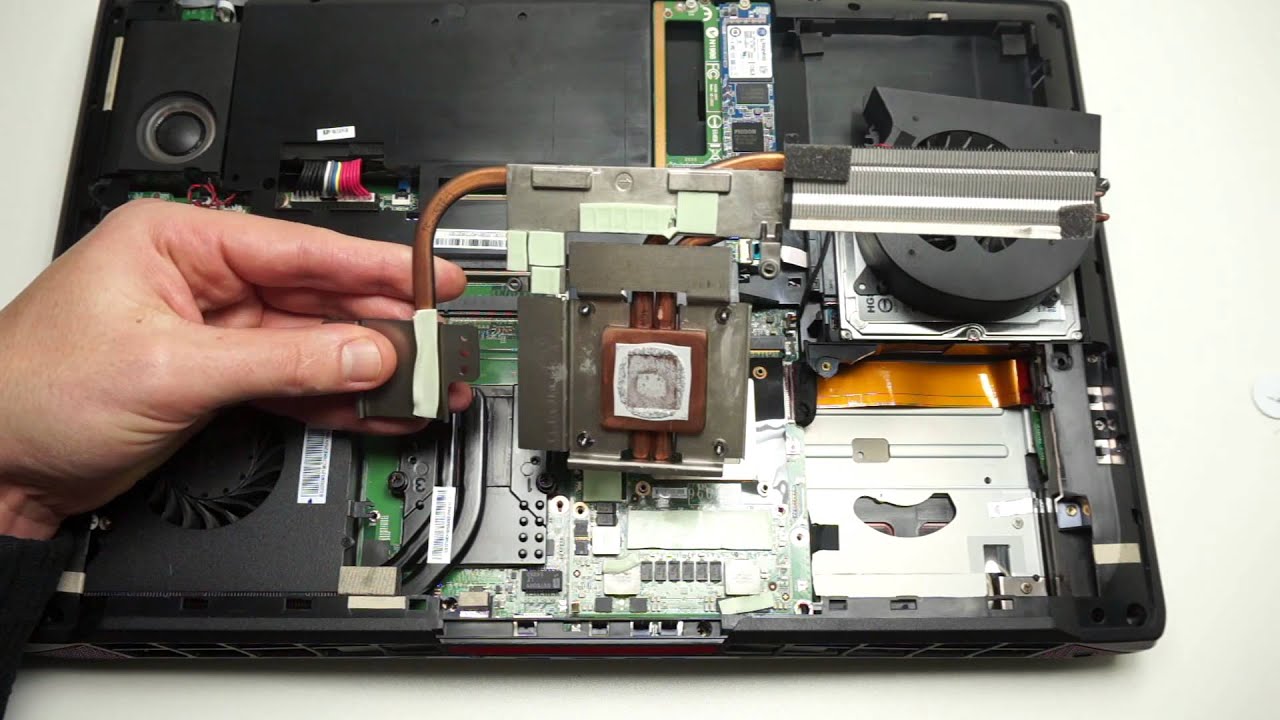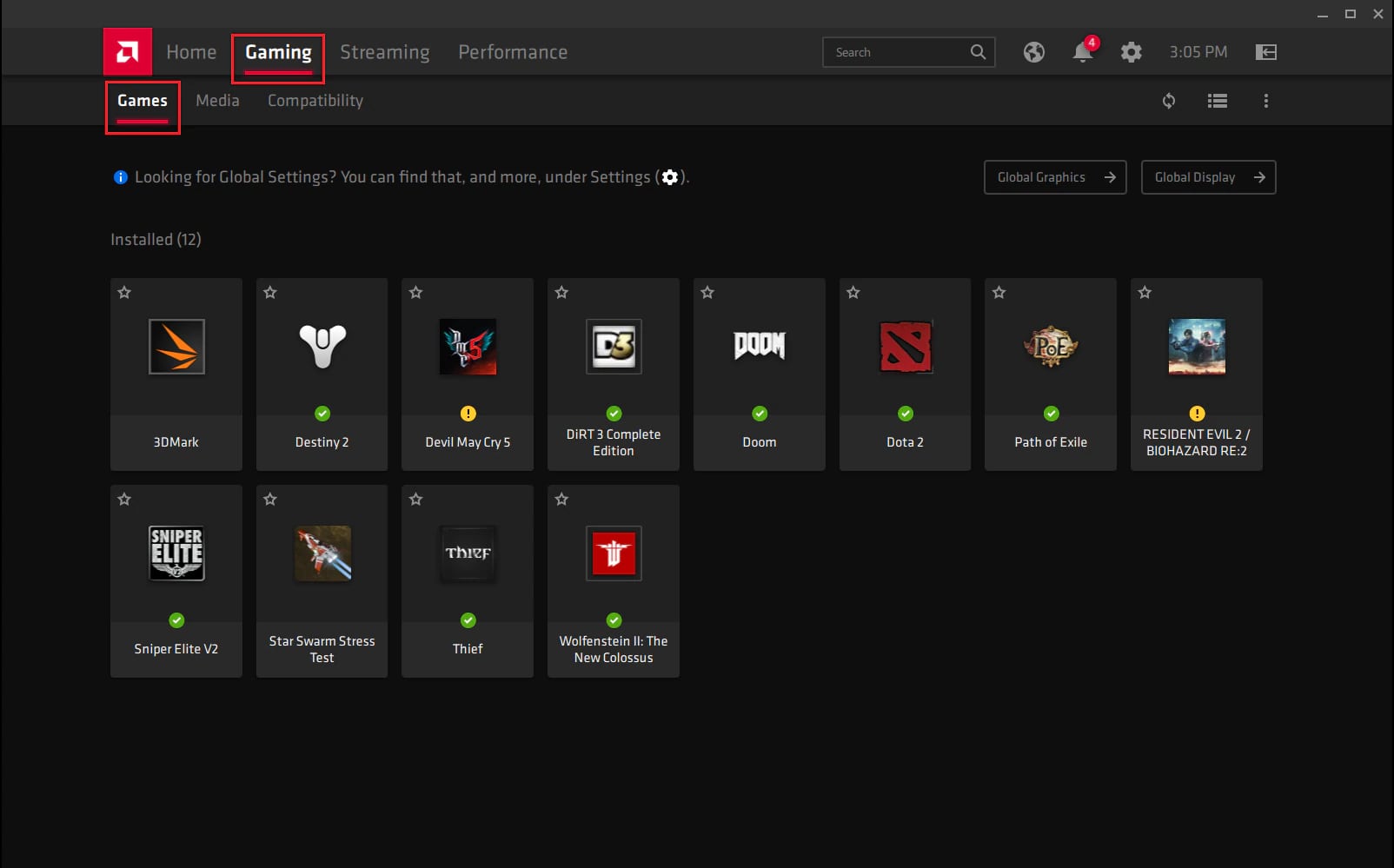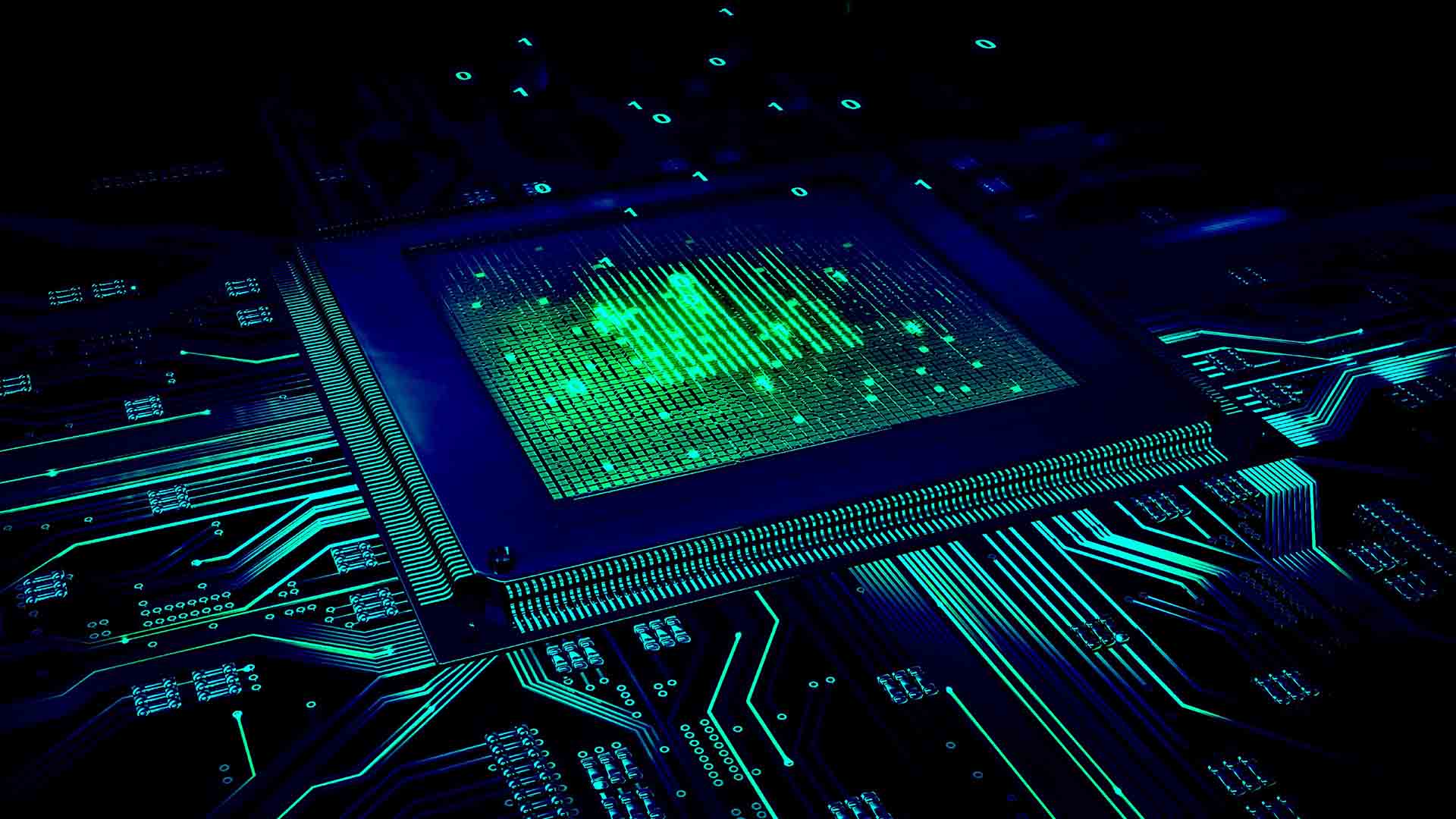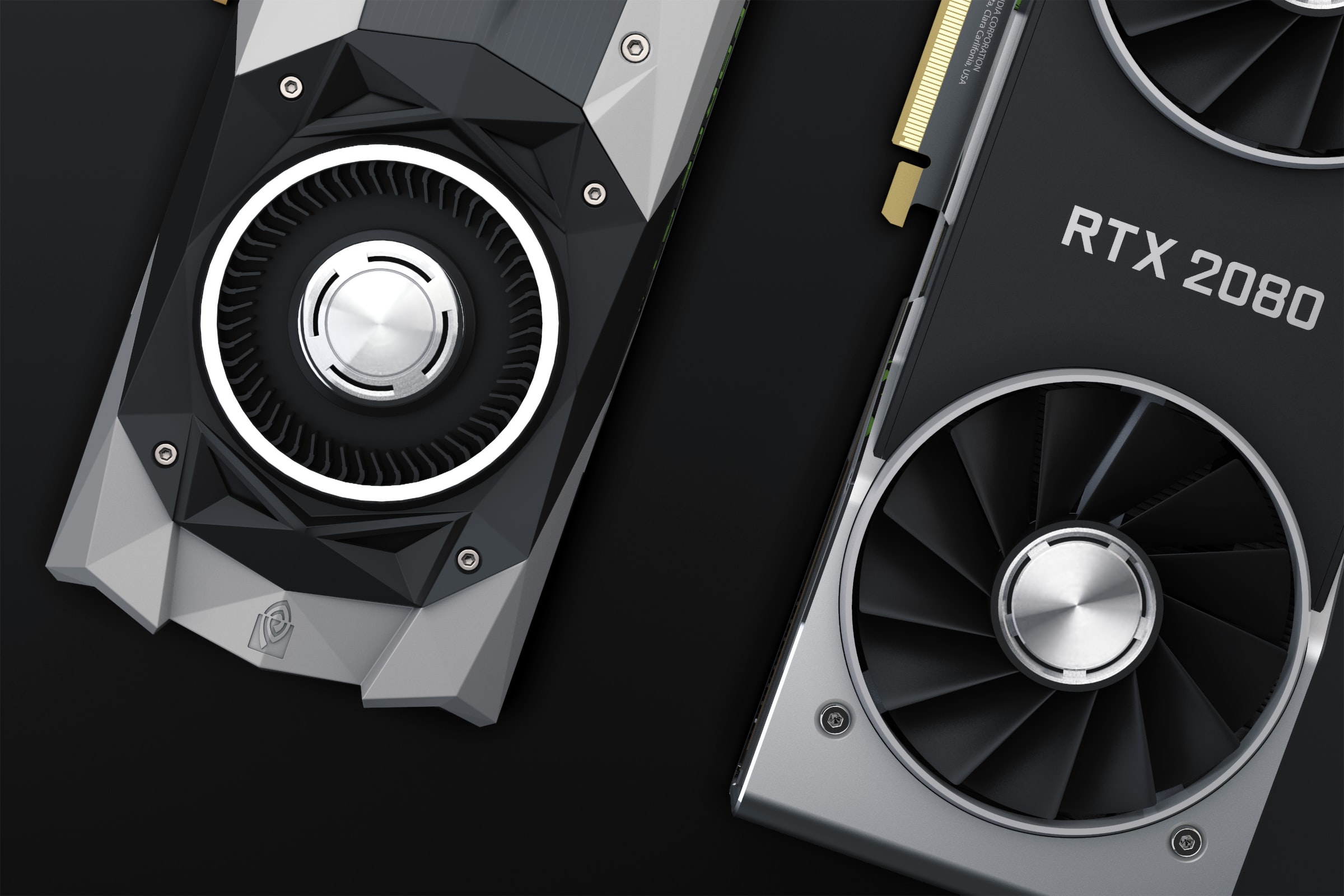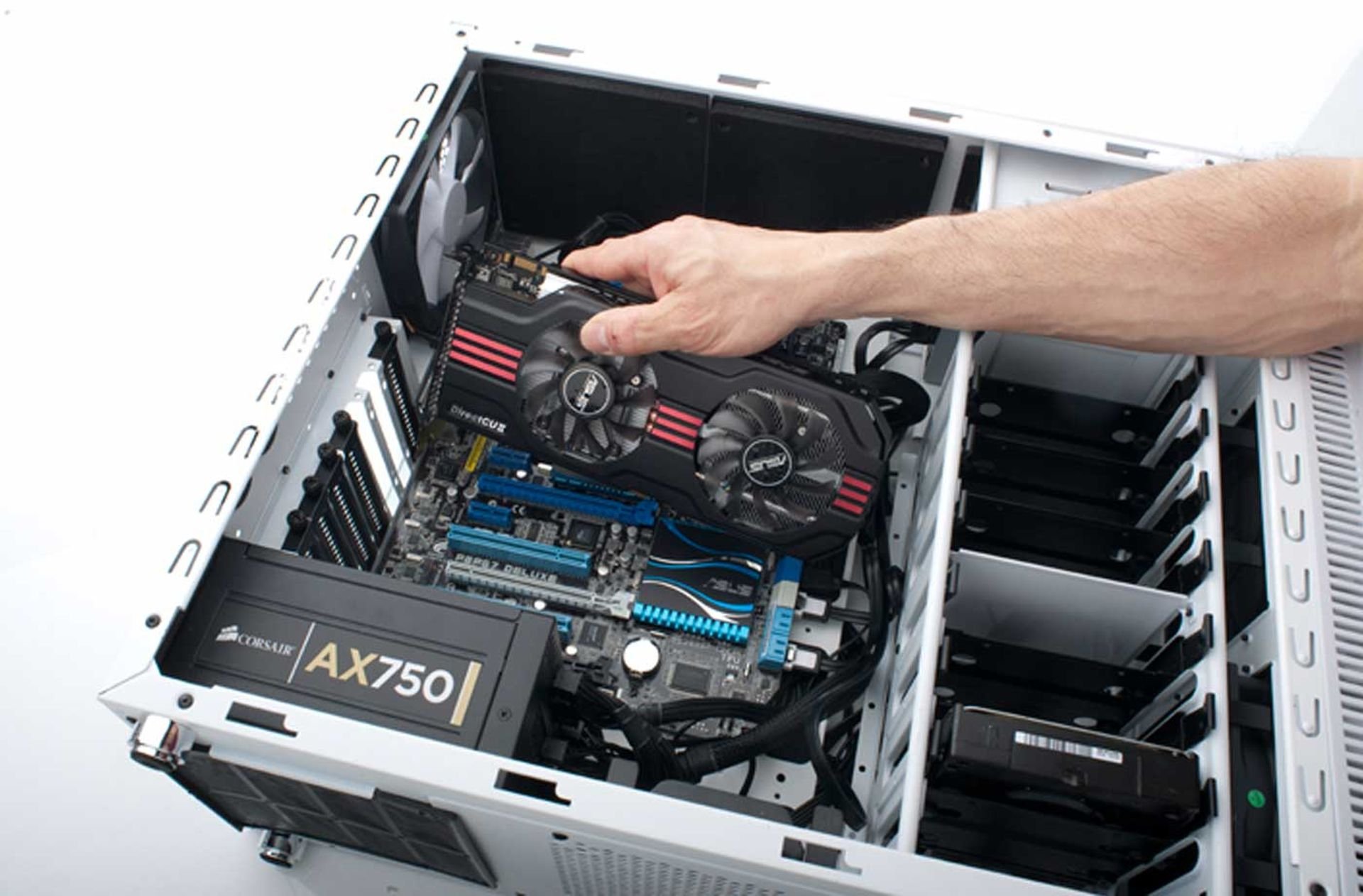Checking your current graphics card
Before you proceed with updating your graphics card, it is essential to first check your current graphics card configuration. This will help you determine if an update is necessary and ensure compatibility with the latest drivers.
Here are a few steps to follow in order to check your current graphics card:
- Open the Device Manager: On your Windows computer, right-click on the Start button and select “Device Manager” from the dropdown menu. Alternatively, you can press the Windows key + X and choose “Device Manager”.
- Navigate to the Display adapters section: In the Device Manager window, locate and expand the “Display adapters” category. This will display the graphics card(s) installed on your computer.
- Identify your graphics card: You should see the name of your graphics card listed under the Display adapters section. It usually includes the manufacturer’s name followed by the specific model number. Take note of this information for future reference.
- Check the driver version: Right-click on your graphics card and select “Properties” from the context menu. In the Properties window, click on the “Driver” tab. This will provide information about the currently installed driver version.
Once you have gathered these details about your current graphics card, you can proceed to the next step of updating your graphics card drivers. Remember, keeping your graphics card drivers up to date is crucial for optimal performance and compatibility with the latest software and games.
Why should you update your graphics card?
Updating your graphics card is a critical task that can significantly improve your computer’s performance, enhance visuals, and ensure compatibility with the latest software and games. Here are some compelling reasons why you should update your graphics card regularly:
Performance Improvement: Graphics card manufacturers frequently release driver updates to optimize performance and resolve any existing bugs or issues. By updating your graphics card, you can unlock improvements in graphics rendering speed, overall system responsiveness, and the ability to handle resource-intensive tasks.
Compatibility: As technology continues to evolve, software developers release updates and new programs that require the latest graphics card features and capabilities. If your graphics card is outdated, you may encounter compatibility issues or be unable to run certain applications at their full potential. Updating your graphics card ensures seamless compatibility with the latest software and games.
Bug Fixes and Stability: Like any software, graphics card drivers may contain bugs or compatibility issues that impact system stability. Manufacturers regularly release updates to address these issues, providing a more stable and reliable experience. Updating your graphics card driver can help prevent crashes, freezes, and other system stability problems.
Security Updates: Graphics card drivers also play a role in system security. Outdated drivers may leave your system vulnerable to potential security threats or exploits. Manufacturers often release driver updates that include security patches and enhancements to protect your system from cyberattacks. Keeping your graphics card drivers up to date ensures a more secure computing experience.
New Features and Enhancements: Graphics card updates can introduce exciting new features, performance optimizations, and graphical enhancements. These updates can bring improved visual effects, higher resolutions, smoother gameplay, and additional functionality. By updating your graphics card, you can enjoy the latest advancements in graphics technology.
Overall, updating your graphics card is essential to maximize performance, ensure compatibility, enhance visuals, resolve compatibility issues, and protect your system from security vulnerabilities. Remember to regularly check for updates from your graphics card manufacturer and take advantage of the latest driver releases to get the most out of your graphics hardware.
Research and find the latest drivers
When it comes to updating your graphics card drivers, it’s crucial to ensure that you have the latest and most compatible version. Here are some steps to research and find the latest drivers for your graphics card:
1. Identify your graphics card: As mentioned earlier, knowing the manufacturer and model number of your graphics card is crucial. This information will help you locate the correct drivers for your specific hardware.
2. Visit the manufacturer’s website: The best place to find the latest drivers for your graphics card is on the manufacturer’s official website. Most graphics card manufacturers offer a dedicated downloads or support section where you can find the latest driver releases.
3. Navigate to the support or drivers section: Once you’re on the manufacturer’s website, look for a support or drivers section. This section typically provides access to driver downloads and other support resources.
4. Select your graphics card model: Within the support or drivers section, locate the section or search bar where you can specify your graphics card model. Enter your graphics card’s model number or select it from a dropdown menu.
5. Filter by operating system: After selecting your graphics card model, you may need to filter the available drivers by your operating system. Ensure you select the correct version of your operating system (e.g., Windows 10, macOS) to ensure compatibility.
6. Download the latest driver: Once you’ve filtered the drivers by your operating system, you should see a list of available driver versions. Look for the latest release or the one recommended by the manufacturer. Click on the download link to initiate the driver download.
7. Verify the driver authenticity: It’s essential to download drivers from official sources to avoid malware or compatibility issues. Double-check that you are downloading the driver from the manufacturer’s official website to ensure its authenticity.
8. Save the downloaded driver: Choose a location on your computer’s hard drive where you want to save the downloaded driver. It’s a good practice to save it in a location that is easily accessible, such as the Downloads folder.
By following these steps, you can successfully research and find the latest drivers for your graphics card. Remember to periodically check for driver updates, as manufacturers frequently release new versions to address performance enhancements, bug fixes, and compatibility improvements.
Downloading and installing the latest drivers
Once you’ve identified the latest drivers for your graphics card, it’s time to download and install them. Here are the steps to follow:
1. Locate the downloaded driver: After downloading the driver from the manufacturer’s website, navigate to the location on your computer where you saved the driver file. Usually, it is located in the Downloads folder unless you specified a different location.
2. Extract the driver files (if needed): Depending on the driver package, you may need to extract the files before proceeding with the installation. Right-click on the driver file and select “Extract” or use a program like WinRAR or 7-Zip to extract the files to a desired location.
3. Run the driver installer: Locate the file with a “.exe” or “.msi” extension, which is usually the main installer file. Double-click on it to run the installer and initiate the driver installation process.
4. Follow the on-screen prompts: The driver installer will guide you through the installation process. Pay close attention to any on-screen prompts and instructions. You may be required to accept the terms and conditions, choose a destination folder, or select specific installation options.
5. Restart your computer (if necessary): After the installation process is complete, you may be prompted to restart your computer for the changes to take effect. It’s important to follow this instruction to ensure proper installation and functionality of the updated drivers.
6. Verify the driver installation: Once your computer has restarted, you should verify that the driver installation was successful. Open the Device Manager again and navigate to the Display adapters section. Right-click on your graphics card and select “Properties” from the context menu. In the Properties window, click on the “Driver” tab and check if the driver version matches the latest version you downloaded.
7. Test graphics card performance: To ensure that the new drivers are functioning correctly, test your system’s graphics card performance. Open a graphics-intensive application or game and observe any improvements in graphics rendering, FPS (frames per second), or overall system stability.
Remember to periodically check for driver updates from the manufacturer to keep your graphics card up to date with the latest features, performance optimizations, and bug fixes. Regularly updating your drivers can help ensure optimal performance and compatibility with the latest software and games.
Updating through Windows Device Manager
Updating your graphics card drivers through the Windows Device Manager is a simple and straightforward method. Here’s how you can do it:
1. Open the Device Manager: To access the Device Manager, right-click on the Start button and select “Device Manager” from the context menu. Alternatively, you can press the Windows key + X and choose “Device Manager” from the list.
2. Locate the graphics card: In the Device Manager window, expand the “Display adapters” category to reveal the graphics card(s) installed on your computer. Right-click on your graphics card and select “Update driver” from the dropdown menu.
3. Choose the update method: In the update driver window, you will be presented with two options – “Search automatically for updated driver software” and “Browse my computer for driver software.” In most cases, it is recommended to select the first option for Windows to search and download the latest drivers automatically.
4. Wait for Windows to search and install: Windows will now search online for the latest driver software for your graphics card. If it finds a newer version, it will download and install it automatically. This process may take some time, depending on your internet connection speed and the size of the driver update.
5. Follow any additional prompts: During the installation process, Windows may prompt you to confirm your actions or provide additional information. Follow any on-screen prompts and instructions to complete the driver update installation.
6. Restart your computer (if necessary): After the driver update installation is complete, you may be prompted to restart your computer for the changes to take effect. It’s advisable to follow this instruction to ensure proper functioning of the updated drivers.
7. Verify the driver update: After restarting your computer, open the Device Manager again and navigate to the Display adapters section. Right-click on your graphics card, select “Properties,” and go to the “Driver” tab. Confirm that the driver version corresponds to the latest version released by the manufacturer.
Updating your graphics card drivers through the Windows Device Manager is a convenient way to keep your drivers up to date. However, note that this method relies on the Windows update database, which may not always have the most recent drivers. For the latest drivers, it is recommended to visit the manufacturer’s website and follow their instructions for installation.
Updating through manufacturer’s software
Many graphics card manufacturers offer their own software utilities that make updating drivers a seamless process. Here’s how you can update your graphics card drivers through the manufacturer’s software:
1. Download and install the manufacturer’s software: Visit the manufacturer’s website and locate their software utility specific to your graphics card. Download the software and follow the installation instructions to install it on your computer.
2. Launch the manufacturer’s software: Once the software is installed, launch it from either the desktop shortcut or the Start menu. The interface may vary depending on the manufacturer’s software, but it typically provides options for driver updates and management.
3. Check for driver updates: Within the manufacturer’s software, look for an option to check for driver updates. It is usually located in a prominent location or listed under a specific category related to drivers or updates.
4. Start the driver update process: Click on the “Check for Updates” or similar button within the software. The software will then scan your system to determine if there are any available driver updates for your graphics card.
5. Download and install the updated driver: If the manufacturer’s software detects a new driver version, it will prompt you to download and install it. Follow the on-screen instructions to initiate the download and installation process. The software utility will guide you through the necessary steps, and it may require you to accept terms and conditions or restart your computer.
6. Verify the driver update: After the installation is complete, open the manufacturer’s software again and navigate to the driver section. Confirm that the installed driver version matches the latest one provided by the manufacturer.
7. Test graphics card performance: To ensure that the updated drivers are functioning correctly, test your graphics card’s performance. Open a graphics-intensive application or game and observe any improvements in graphics rendering, FPS (frames per second), or overall system stability.
Updating your graphics card drivers through the manufacturer’s software provides a streamlined approach and ensures that you have the most up-to-date drivers specifically designed for your graphics card model. It also allows you to access additional features and settings provided by the manufacturer, further enhancing your graphics card’s capabilities.
Verifying the successful update
After updating your graphics card drivers, it’s essential to verify that the update was successful and that your system is running with the latest drivers. Here are a few steps you can take to confirm the successful update:
1. Check the driver version: Open the Device Manager by right-clicking on the Start button and selecting “Device Manager.” Expand the “Display adapters” section, right-click on your graphics card, and select “Properties.” In the Properties window, navigate to the “Driver” tab and ensure that the displayed driver version matches the latest version you downloaded and installed.
2. Confirm stability and performance: After updating the drivers, test your system’s stability and performance by running graphics-intensive applications or games. Pay attention to any improvements in graphics rendering, frame rates, or overall system responsiveness. If you notice smoother gameplay and enhanced visuals, it indicates a successful update.
3. Check for error messages or warnings: While testing your system or using certain applications, watch out for any error messages or warnings related to graphics card drivers. If you no longer receive such messages or if they have been resolved, it indicates a successful update.
4. Ensure compatibility with software and games: If you were experiencing compatibility issues with certain software or games before the driver update, check if those issues have been resolved. Launch the problematic applications or games and verify if they now run smoothly without any glitches or display-related problems.
5. Monitor system temperatures: In some cases, an outdated or malfunctioning graphics card driver can cause overheating issues. Keep an eye on your system temperatures using software utilities like MSI Afterburner or HWMonitor. If you notice a decrease in temperatures or improved thermal management, it indicates that the driver update was successful.
6. Consult manufacturer documentation: If you have any doubts or want to confirm that the driver update was successful, consult the documentation or support resources provided by your graphics card manufacturer. They may have specific information about the driver update process and how to verify its success.
By following these steps, you can verify the successful update of your graphics card drivers. Ensure that you regularly check for driver updates from your graphics card manufacturer to stay up to date with the latest enhancements, bug fixes, and performance optimizations.
Troubleshooting common update issues
While updating your graphics card drivers, you may encounter certain issues that can hinder the process. Here are some common update issues and troubleshooting steps to help resolve them:
1. Installation errors: If you encounter errors during the driver installation, try running the installer as an administrator. Right-click on the installer file and select “Run as administrator.” This can help bypass any permission-related issues.
2. Incompatibility issues: If you receive an error message indicating that the driver is not compatible with your operating system or graphics card model, double-check that you’ve downloaded the correct driver version. Ensure that you’ve selected the right operating system and graphics card model when downloading the driver.
3. Driver conflicts: Conflicts with existing drivers on your system can cause installation issues. To resolve this, uninstall the old graphics driver from the Device Manager before installing the updated driver. Right-click on the old graphics card, select “Uninstall device,” and follow the on-screen prompts. Restart your computer and then proceed with the installation of the updated driver.
4. Error codes: Error codes encountered during the driver update process can help diagnose specific issues. Make note of the error code and search for it on the manufacturer’s website or relevant forums for specific troubleshooting steps. The error code can provide insights into the underlying issue.
5. Driver rollback: If you experience issues after updating the graphics driver, such as visual artifacts, crashes, or performance problems, you can revert to the previously installed driver. Open the Device Manager, right-click on your graphics card, select “Properties,” and go to the “Driver” tab. Click on the “Roll Back Driver” button to restore the previous driver version.
6. Clean driver installation: In some cases, remnants of old driver installations can cause conflicts with newer versions. To perform a clean driver installation, use a driver removal tool to completely uninstall all traces of the old driver. Restart your computer and then install the latest driver version from scratch.
7. Seek manufacturer support: If you’ve tried the above troubleshooting steps and are still experiencing issues, it’s advisable to reach out to the graphics card manufacturer’s support team. They have in-depth knowledge of their products and can provide guidance and assistance in resolving any driver update issues.
Remember to carefully follow any instructions and read the documentation provided by the manufacturer for troubleshooting specific issues related to their graphics card drivers. By following these troubleshooting steps, you can overcome common update issues and ensure a successful driver update.
Benefits of updating your graphics card regularly
Regularly updating your graphics card drivers can bring a host of benefits to your computer’s performance, gaming experience, and overall usability. Here are some key advantages of keeping your graphics card drivers up to date:
1. Enhanced Performance: Graphics card manufacturers often release driver updates to optimize performance and unlock the full potential of your hardware. Updated drivers can improve graphics rendering speed, increase frame rates, and boost overall system responsiveness, resulting in a smoother and more enjoyable computing experience.
2. Improved Compatibility: As new software, games, and operating systems are released, they may require updated graphics card drivers to ensure compatibility. Updating your graphics card drivers helps prevent compatibility issues and ensures that your system can handle the latest applications and software updates without any glitches or visual artifacts.
3. Bug Fixes and Stability: Outdated or faulty graphics card drivers can lead to system crashes, freezes, and instability. Manufacturers often release driver updates that fix known bugs, address software conflicts, and enhance overall system stability. Regularly updating your graphics card drivers can help prevent these issues and ensure a more reliable computing experience.
4. Optimal Gaming Experience: Gaming enthusiasts can benefit greatly from regular graphics card driver updates. Driver updates often include game-specific optimizations, DirectX compatibility enhancements, and support for newer gaming technologies. This can result in improved graphics quality, smoother gameplay, reduced input lag, and enhanced support for features like ray tracing and virtual reality.
5. Security Enhancements: Graphics card drivers play a role in system security. Outdated drivers may leave your system vulnerable to potential security threats or exploits. Manufacturers frequently release driver updates that include security patches and fixes for known vulnerabilities. By updating your graphics card drivers, you can ensure a more secure computing experience.
6. Access to New Features: Graphics card driver updates can introduce new features and functionalities that enhance your graphics card’s capabilities. These updates may include improved control panel options, advanced power management settings, customizable profiles, or additional tools for monitoring and tweaking your graphics card settings. Keeping your drivers up to date grants you access to these new features and enhancements.
7. Support for Hardware Upgrades: If you plan to upgrade your graphics card or other hardware components in the future, it’s crucial to have the latest drivers installed. Upgraded hardware may require updated drivers to function properly and take advantage of new features and optimizations. Regularly updating your drivers ensures a smooth transition when upgrading your hardware.
By updating your graphics card drivers regularly, you can experience improved performance, stability, compatibility, security, and access to new features. Make it a habit to check for driver updates from your graphics card manufacturer periodically to fully leverage the potential of your hardware and enjoy the latest software and gaming advancements.
Conclusion
Updating your graphics card drivers is a crucial task that can greatly improve your computer’s performance, enhance visuals, and ensure compatibility with the latest software and games. By following the steps outlined in this guide, you can successfully update your graphics card drivers and reap the benefits of these updates.
Remember to check your current graphics card configuration, research and find the latest drivers from the manufacturer’s website, and download/install the drivers using either the Windows Device Manager or the manufacturer’s software. Once the update is complete, verify the successful update, and perform any necessary troubleshooting if issues arise. Regularly updating your graphics card drivers can bring a range of benefits, including improved performance, enhanced compatibility, stability, and access to new features.
Keeping your graphics card drivers up to date is an ongoing process. It is recommended to periodically check for driver updates from the manufacturer, as they often release updates to optimize performance, address bugs, and ensure compatibility with the latest software and games. Staying up to date with the latest drivers helps ensure that your graphics card operates at its best and provides an optimal computing experience.
By following these guidelines and regularly updating your graphics card drivers, you can unleash the full potential of your hardware, enjoy smoother gameplay, and stay up to date with the latest software advancements. So, don’t hesitate – take the necessary steps to update your graphics card drivers now and experience the improvements for yourself!







